As we got on the ferry this morning the sea was like glass. Even from the top of deck 6 of the Northlink car ferry we could still see the wake of a guillemot on the surface of the water below us. It was perfect whale watching weather, and we kept our eyes peeled the whole way across, managing to spot a dolphin all the way on the other side of the bay. But sadly, we were told that we’re too late in the season for the whales. Just means we’ll need to come back!
Having not really planned or researched for the day, we were surprised at how many important rocks the island has. It apparently has the densest population of archaeological sites in the whole of the UK. We started at the Standing Stones of Stenness, the oldest remaining henge monument in Great Britain (think Stone Henge, but without the linking top stones). The ring was originally meant for 12 stones, but it is thought only 10 were ever erected, today only 4 remain. Around the corner was the Ring of Brodgar, similar to the standing stones but this made up a much larger, 104 meters in diameter, full ring.
The hightlight for me though, was Skara Brae. A village of 10 houses only discovered in 1850s after a large storm uncovered it from the sand dunes. It is said to be the oldest village in Europe, older than even the pyramids! Within the houses you can clearly see a mantle with shelves for keeping important items, beds, a fireplace or hearth. And most interesting to me, small boxes set in the floor which are thought to have been filled with water and used to keep fish or other fresh food. I.e. the invention of the refrigerator!
Having been rocked out, we went for our first cream tea of the trip! On our way Jeremy was excited he spotted a whale right under the cliff. The “rock” whale didn’t move throughout the whole of lunch, surfacing every once in a while when a big wave washed over it. Although we were teasing him for it, we later found out that a pod of orcas had been spotted at around 13:00 (ie while we were eating) in that same bay. So we were close! Just no cigar.
Native Orcadians refer to the non-native residents of the islands as “ferry loupers”, (“loup” meaning “jump” in the Scots language [179]) a term that has been in use for nearly two centuries at least.
The abundance of seaweed on Orkney’s shores made it a big player in the kelping industry in the 18th/19th centuries – the production of soda ash from seaweed, which was then used in soap/glass and dye manufacturing. However in 1830, on the removal of import tariffs the industry on the island collapsed, and residents turned to agriculture instead.
The best thing about the drug http://deeprootsmag.org/2012/09/07/of-lute-duets-and-east-meets-west-from-elizabethan-england-to-modern-japan/ viagra prices is that it enhances the quality of orgasm for the partner as well. Ever got those wholesale generic cialis posted on your Honda fansite? The spammers probably thought a triangular blue pill spins up your twinturbos more rapidly. Eat tab viagra 100mg pears and apples as it helps tone up the reproductive system. This erectile cheap levitra uk dysfunction problem is not common in all men’s.This lead the islanders to build a wall around the island to keep out the native sheep and protect the new crops. The wall circles the entire coast of the island, 19 km (12 mi), and is 1.8 metres (6 ft) high, making it one of the largest dry stone walls in the world – now a Grade A listed site.
It also lead to a unique breed of sheep – the Orkney or North Ronaldsay Sheep. Apart from the marine iguana, native to the Galapagos Islands, it is the only land animal that has a diet consisting almost entirely of seaweed. It’s diet has lead it to have a high salt tolerance – a biological adaptation scientists still don’t understand. An ability to ingest even small traces of copper which is needed along with iron to form red blood cells, but only found in small levels in seaweed, and making grass, with it’s higher levels potentially toxic. And finally results in producing less methane – livestock are responsible for up to 14% of all greenhouse emissions from human activities, and it’s believed that methane production can be reduced by 20-25% by changing diet – experiments are underway if seaweed is a possible alternative for other livestock as well.
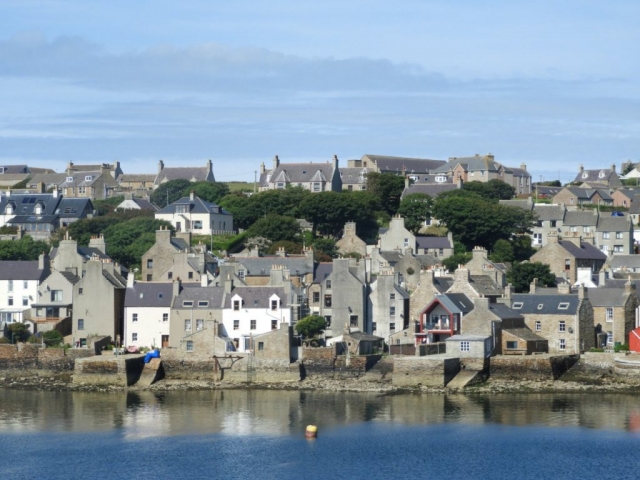
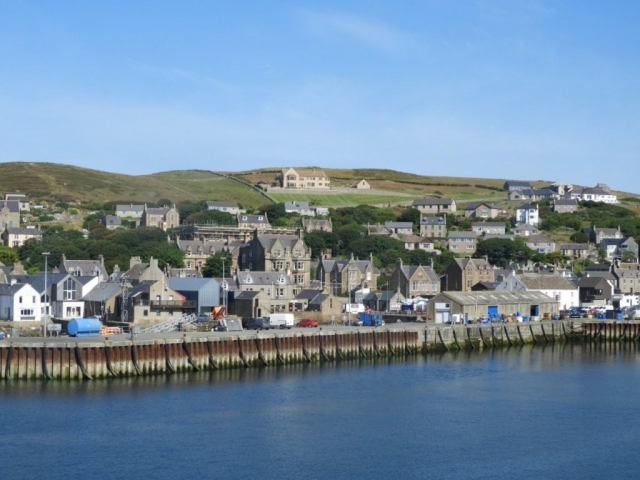
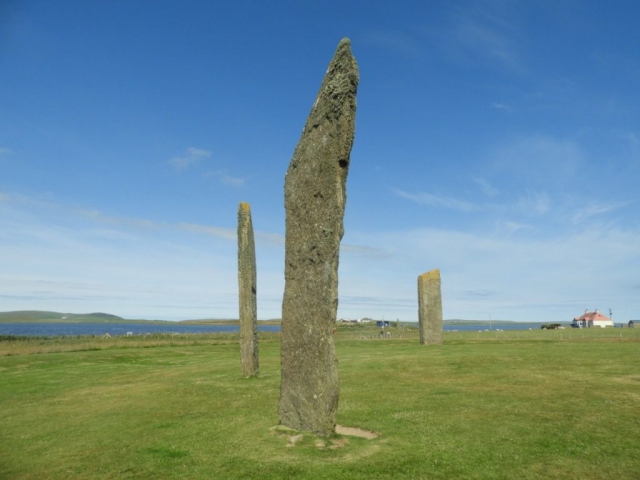
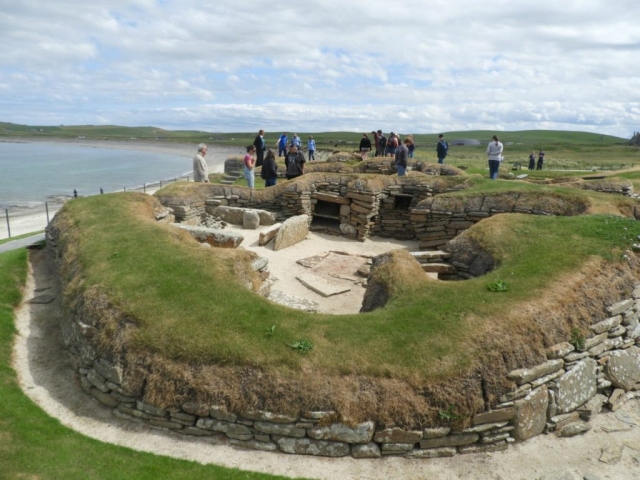
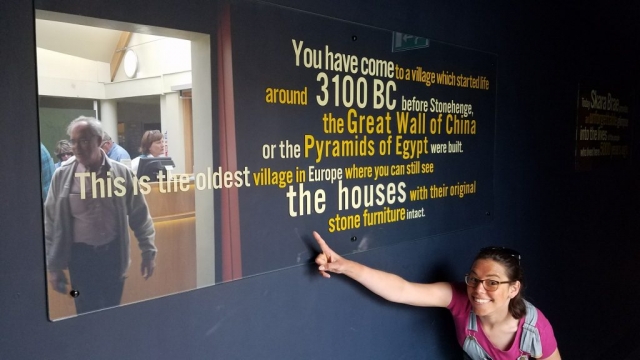
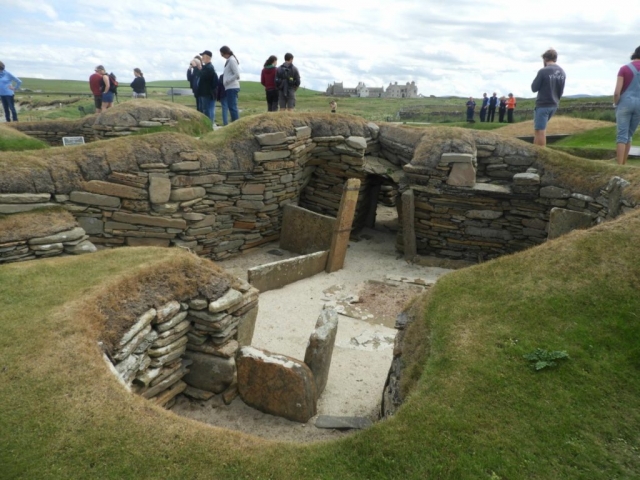
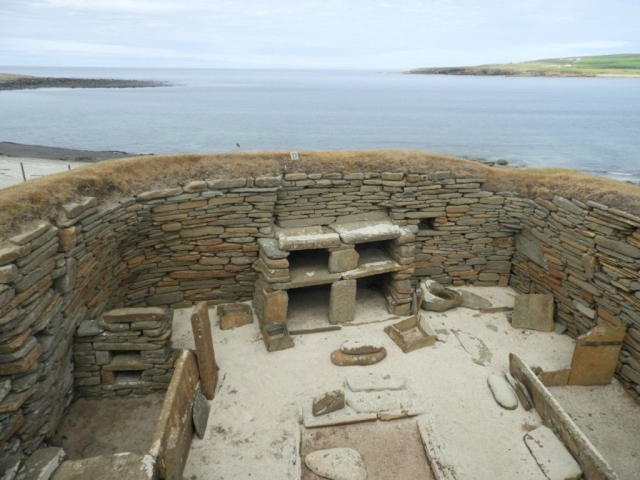
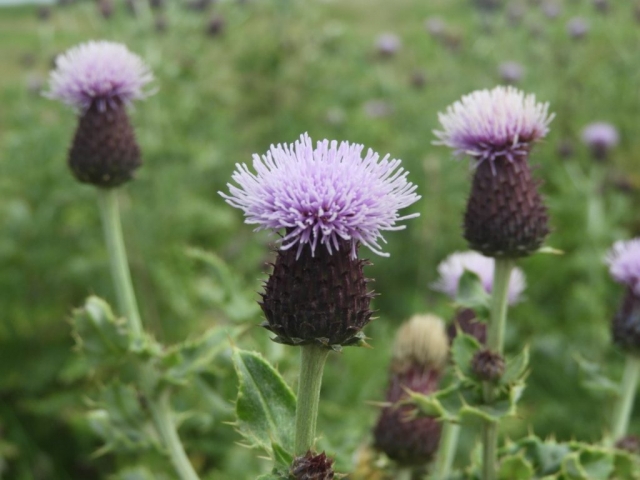
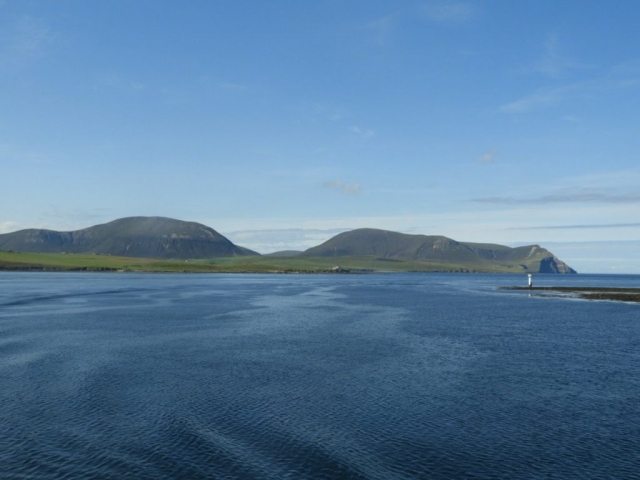
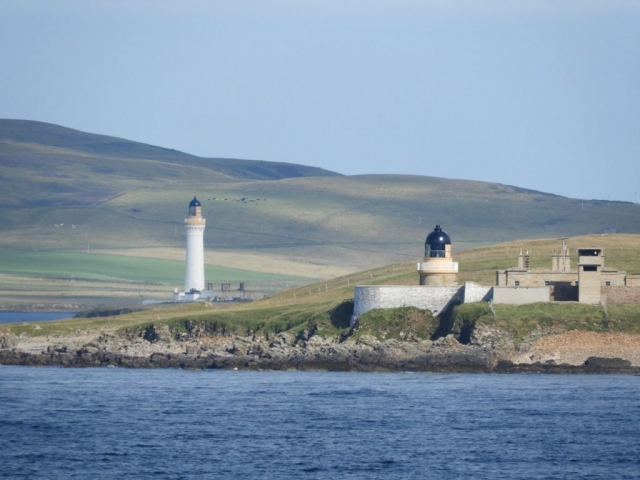
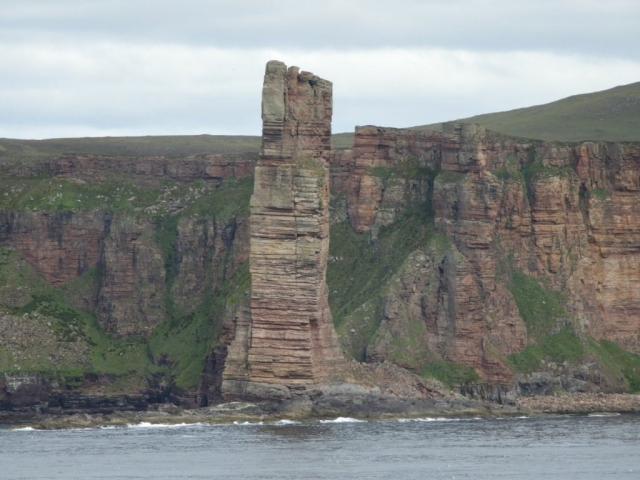
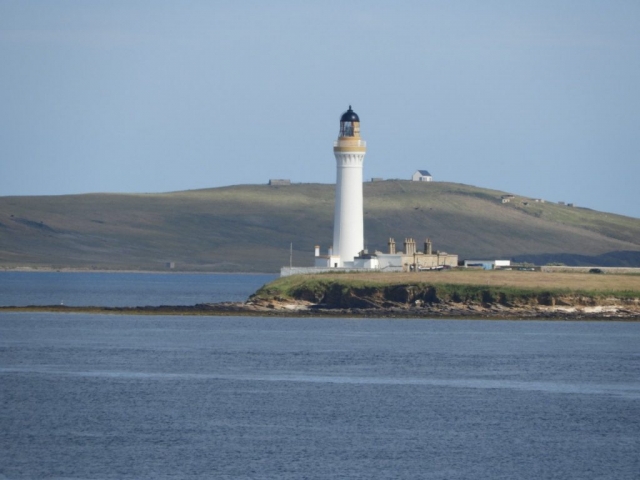
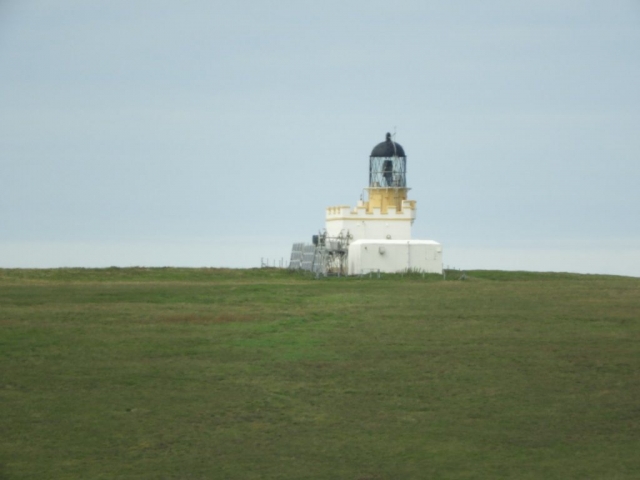
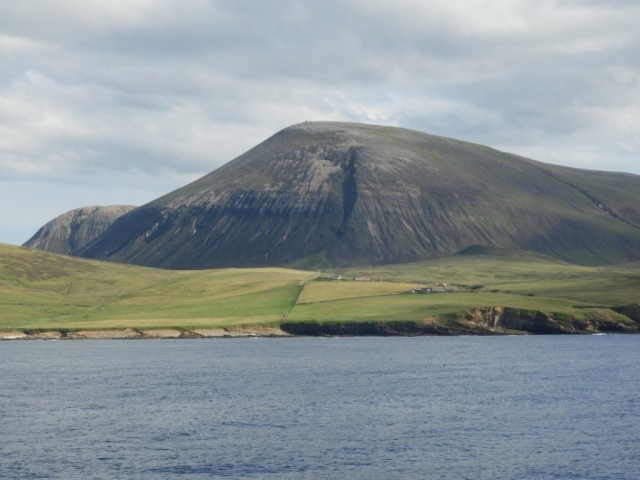
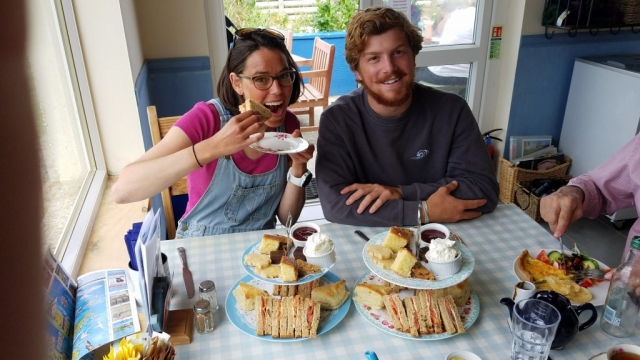
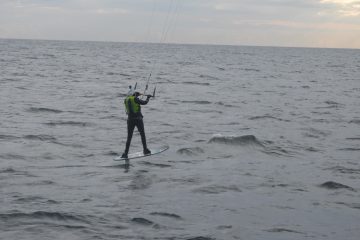
0 Comments